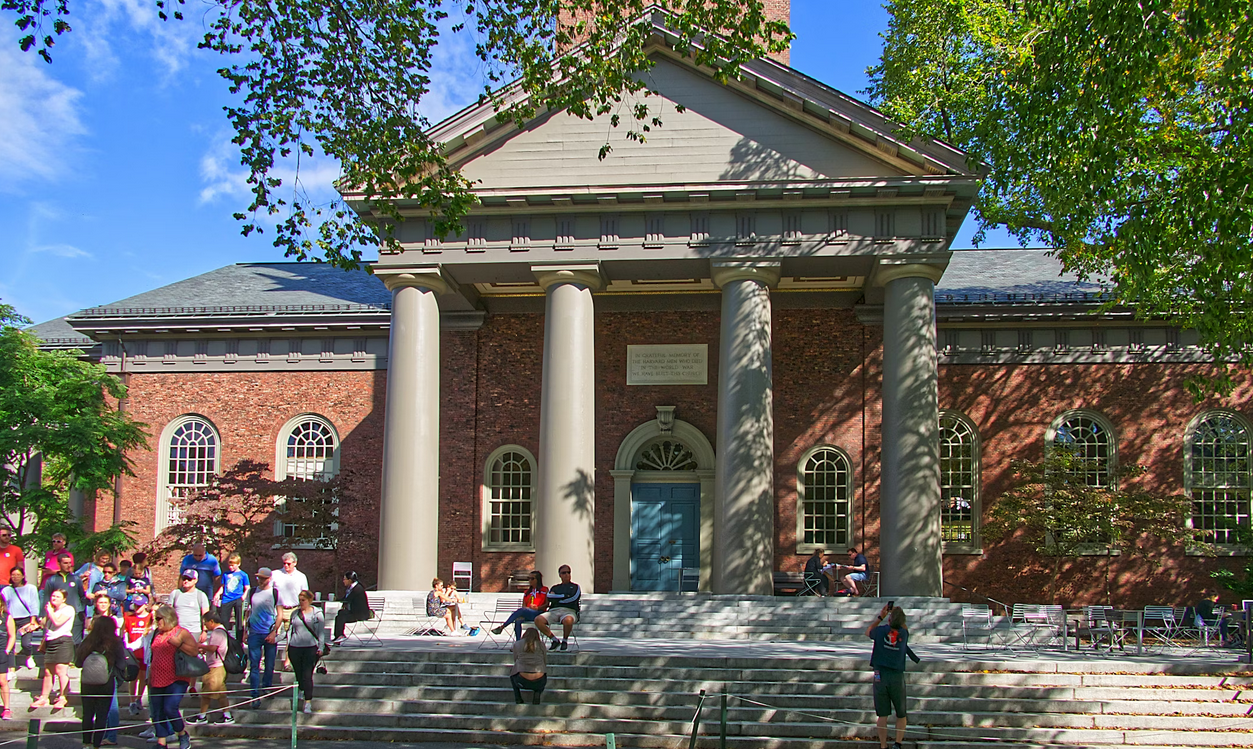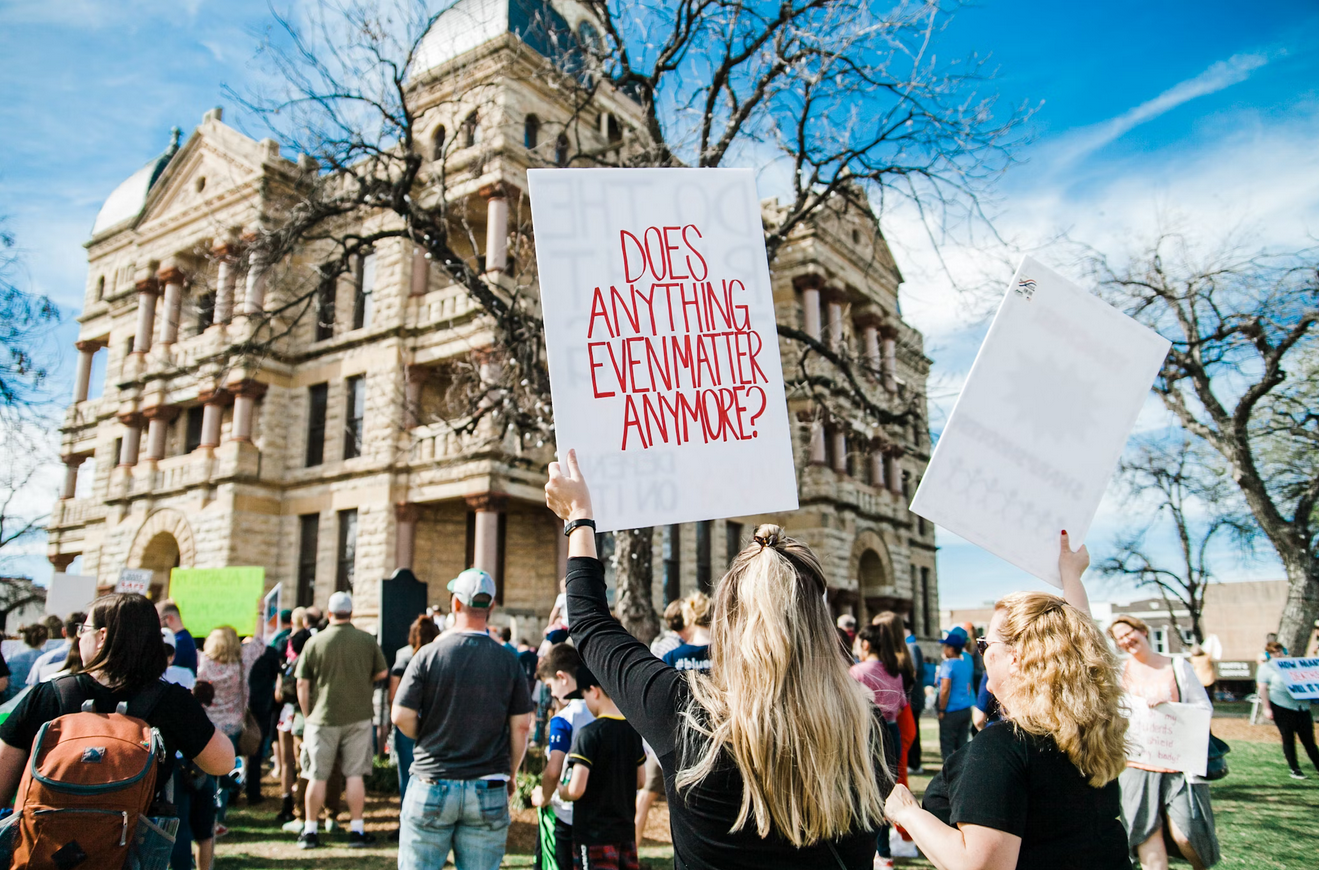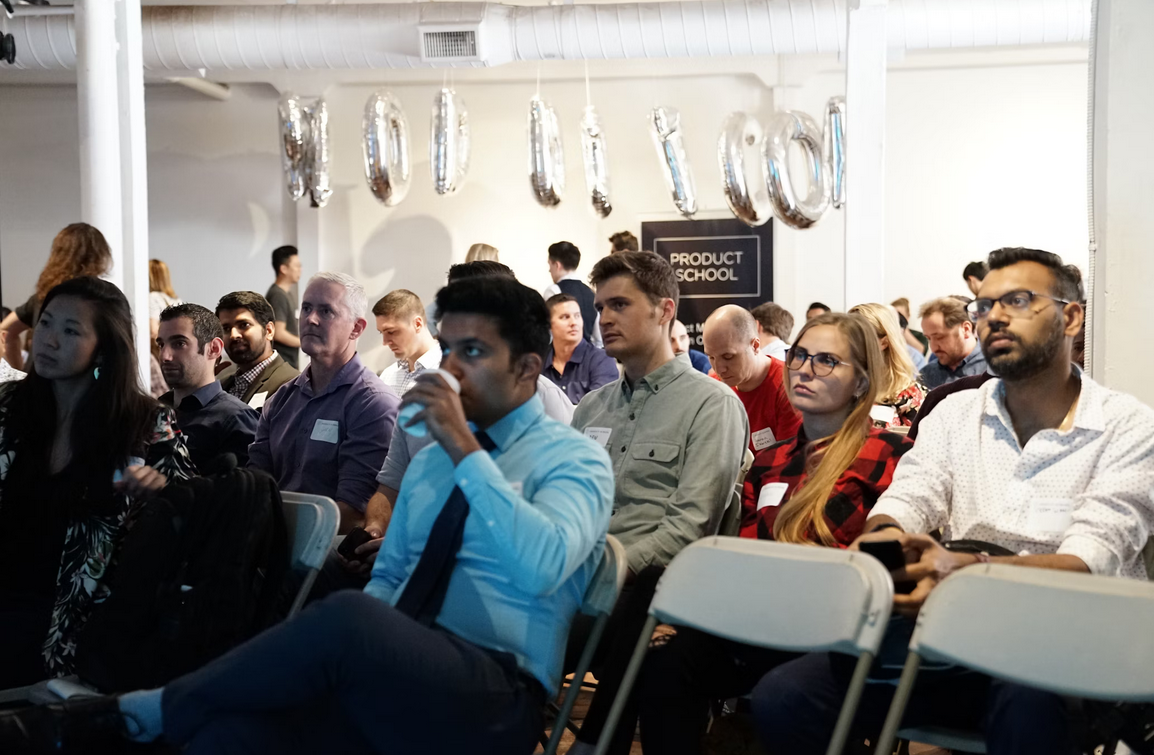
Experienced UIUC graduate student specializing in Math, Computer Science, and Writing
Availability:
Every day, 10:00am-10:00pm PST
Subjects:
Math
Computer Science
Writing
How Oil Companies Built a Pipeline into Universities
Last Updated:

- Applications to the Ivy League schools plus M.I.T, Duke University, University of Chicago, and Stanford have tripled since 2002 to almost 600,000 total
- As some universities drop standardized testing and students go to elite prep programs to get high scores, students will have to stand out based on essays and extracurricular activities
- Even though fewer jobs require four-year degrees and state schools are great, top schools still draw the most attention from researchers and innovative companies
When I was an incoming undergraduate student excited to join research labs, I was idealistic about science. I believed that, in a world driven by profit and consumerism, academia represented an escape into a purer world where meritocracy was the norm and progress was valued for its own sake.
It didn’t take too long for me to see that no part of the world works without first confronting the money problem. Big research projects require big budgets, and student tuition rarely covers the money needed.
This leaves universities in search of funding from the private sector, where companies are interested in getting ahead of their competitors with new discoveries and finding support for their public campaigns.
How are colleges impacted by industry trends?
In reality, academia has always been contextualized by the general societal benefits it brings, particularly to industry. Research is expensive, and universities, for all the tuition they charge, still don’t make enough on their own to fund all the cutting-edge projects they want. This causes them to turn to public and private options with industry-guided interests for grant money or partnerships.
In fact, the charters that established major universities hundreds of years ago frequently state goals such as “the advancement, development, and practical application of science in connection with arts, agriculture, manufactures, and commerce” (from Massachusetts Institute of Technology’s charter written in 1861).
Public funding options are often driven by political considerations. For instance, the military increases its funding for research projects almost every year. I had a contract with the Department of Defense myself once to explore innovative solutions in technology for managing wildfires, which was a response to the increasingly devastating wildfires across the US including California.
Private funding options are usually driven by the potential for commercialization, whether companies want to provide seed funding for startups or incorporate research findings into their products, services, or marketing. Massive areas of Artificial Intelligence research are incentivized by appealing to these sources of funding for projects. I’ve seen a couple research projects so narrow in scope that the only interested party seemed to be the company funding them.
While it might be inevitable for researchers to keep chasing outside funding, we can still crack down on conflicts of interest. When the outcome of research can have a negative impact on the company or organization that’s funding it, the methods and results should be viewed with extra skepticism.
No industry has proven this point more than the fossil fuel industry. A recent report from the Climate News Network shows that six prestigious universities have taken over $100 million in funding from oil companies since 2000, indicating strong relationships between the companies responsible for carbon emissions and some of the experts trusted to tell us about climate change.
How did colleges first get involved with the fossil fuel industry?
Through geology and earth sciences departments at universities, the fossil fuel industry has always had ties to academia since it first emerged. The earliest programs that touched on the discovery and extraction of oil involved the University of Texas - Austin’s Bureau of Economic Geology in 1909 and Stanford’s Department of Geology and Mining which added petroleum studies in 1914. Some of their research subjects included the discovery, extraction, and refinement of oil.
Vannevar Bush, the head of the US Office of Scientific Research and Development during World War II, designed a national scientific research strategy based on a three-way partnership between public agencies, academic researchers, and private sector organizations that bring new research to the market.
However, it wasn’t until the 1970s that universities began seeking major partnerships with industry as a means to stay competitive with the higher education systems in other countries. Meanwhile, several industries that underwent booms started to see universities as a means to cheaply do innovative R&D.
Through the 80s and 90s, the fossil fuel industry began to realize the importance of using universities and research to delay progress on studying manmade climate change due to carbon emissions. In 1998, a leaked internal memo from the American Petroleum Institute stated that in order to “build a case against precipitous action on climate change,” they should prioritize “cooperative relationships with all major scientists whose research in this field supports our position.”
What led to major partnerships between industry and colleges in the present?
The University Small Business Patent Procedures Act of 1980 (also called the Bayh-Doyle Act), allowed universities to patent and license their discoveries as a means of encouraging collaboration between colleges and industries. A company could now fund a university project with the assurances that it could license the technology for itself.
Before this legislation, research was automatically released into the public domain, so a company’s competitors could have access to the same techniques even though they didn’t fund the research. Knowing this disincentivized many companies from trying to commercialize any research findings, so advances made from taxpayer money never made it to market.
The Bayh-Doyle Act marked a fundamental shift in the relationship between academia and industry. Previously, administrators and scientists had tried to keep academia a pure pursuit to push human progress, with industry benefits being a side effect of their work. This is the same image I initially had about college when I first came to it. However, after the Act, universities were suddenly facing enormous commercial influence and the pressure to secure contracts to avoid falling behind.
And how could they resist? Some of the contracts were enormous:
DuPont gave $6 million to Harvard Medical School for genetic research
Hoescht gave $50 million to the Massachusetts General Hospital for medical research
10 companies gave $7.5 million to Stanford University for a new computer center
Control Data, Burroughs, and Minnesota Mining and Manufacturing gave $5 million to University of Minnesota for computer research
Exxon gave $8 million to MIT for combustion research
How are researchers affected by the oil network’s influence?
Take the example of Edward E. David, an electrical engineer who started out at Bell Labs before becoming President Richard Nixon’s science adviser and director of the White House Office of Science and Technology from 1970 to 1973.
A year later in 1974, he was elected to the MIT Corporation as a member for life. He had also been elected to the National Academy of Engineering, the American Academy of Arts and Sciences, and the American Philosophical Society.
However, from 1977 to 1986, David served as President of Exxon Research and Engineering Co., during which he commented in a science journal that the “time has come for a closer and more intimate relationship between industry and academia.”
This was right before fossil fuel companies in 1989 created the Global Climate Coalition to halt progress in climate science that showed global warming was an issue tied to carbon emissions.
In 2012, David signed an op-ed in the Wall Street Journal that questioned the scientific consensus about climate change — still holding the position that benefited those companies.
The more you dig into the corporate and political history of oil, the more figures like these emerge: widely praised scientists and engineers with significant accomplishments early in their career whose credibility is often exploited by industry forces to drive favorable narratives to the public.
How prevalent is the influence of the oil network?
Most people think about influence in terms of money exchanging hands, and that’s certainly been the case for fossil fuel companies. However, they also get involved with scholarships, internships, tutoring, student programs, advising course curricula and degree offerings, recruitment events, sponsoring lectures and conferences, and even leasing land.
Lots of the influence also extends to lobbyists and industry insiders sitting in key administrative positions that can have influence over the direction of research and funding. Alicia Colomer of the Fossil Free Research group claims that the fossil fuel industry has board members in college and university organizations that can dramatically change funding priorities.
For example, from 2010 to 2018, John Watson was the CEO of Chevron, which had sponsored the Chevron Tutoring Program at UC Davis and donated millions of dollars for over a decade. The dean at the time called Chevron “a critical partner in helping UC Davis attract and retain more students in STEM fields.” Now, Watson sits on the board of advisers for the chancellor of UC Davis.
Henry Perea is currently employed by Chevron as the Manager of West Coast Government Affairs, but before that, he spent years fighting climate policy in the California State Assembly as an elected representative and a lobbyist. Now he sits on the board of the California State University foundation.
While the University of California and California State University systems divested from fossil fuels by 2021, one-third of the 32 public universities in California still have board members who either currently work or have previously worked for oil and gas companies. Here’s the current list:
Aera Energy:
Senior Vice President, Technical Aimee Blaine
American Chemistry Council:
Senior Director of State Affairs Tim Shestek
California Resources Corporation:
Vice President of Operations Omar Hayat
Chevron:
Former CEO John S Watson
Former General Manager Timothy Coombs
Former Vice-President of Operations William Andrew
Manager of West Coast Government Affairs Henry Perea
Policy, Government, and Public Affairs Representative Megan Lopez
Crowley Petroleum Services:
Vice President of Operations and Engineering Christopher Peterson
Kern Oil and Refining:
VP Regulatory and Public Affairs Melinda Palmer
Marathon Petroleum:
Vice President of Marine Operations Marc Bayer
Synergy Oil & Gas:
President of a hired lobbying firm Jackson Gualco
Occidental Petroleum:
Former ASsociate General Counsel Linda Peterson
Pacific Gas and Electric:
Region Director of Customer Service Patrick Mullen
SoCalGas:
Senior Vice President and Chief Customer Officer Gillian A. Wright
Vice President of Strategy and Sustainability, Chief Environment Officer Jawaad Malik
Southern California Edison:
Vice-President of Local Government Affairs Larry Chung
Chief of Staff, Office of the CEO Aja Renee Clarke
Strachan Exploration, Inc.:
Former president Stephen Strachan
Other colleges across the US have the same trends.
The former Senior VP of Exxon is the Vice Chair of Northeastern University’s Board of Trustees.
Harvard’s Corporate Responsibility Director was previously on Exxon’s Sustainability Advisory Council, and the founder of their law school’s Environmental and Energy Law Program was on ConocoPhillips' board for a decade.
The University of Tennessee-Knoxville even opened up 8600 acres of university-owned land for bidding to fossil fuel companies to study fracking and best practices.
How compromised is the research, exactly?
It’s worth clarifying that fossil-fuel funded research is not necessarily wrong or bad science.
The main issue behind oil companies having complex financial ties with universities is that it disincentivizes valuable research (clean energy alternatives, consequences of pollution, threats due to climate change, etc.) in favor of research that supports dirty energy practices like fracking. Furthermore, challenges to the scientific consensus get an outsized voice in the public policy sphere due to the marketing and outreach budget massive corporations have.
Consider Princeton as an example.
The university received over $43 million from fossil fuel contributors, which went primarily to funding papers that supported applications and expansions of dirty energy. These included fossil fuel extraction methods, support for sketchy solutions like carbon capture, and alleged benefits of the industry’s corporate social responsibility. British Petroleum has been supporting Princeton’s Climate Mitigation Initiative since it was founded in 2000, with over $10 million spent from 2012 to 2017 alone.
The university continues to invest about $700 million in private fossil fuel companies even after claiming to have divested fossil fuel holdings worth $1 billion from 90 firms in 2022. It turns the university only let go of publicly traded holdings, not private ones.
Most suspicious of all, there are claims that Princeton actually owns an oil company. The university seems to have received $140 million in revenues from a company called Petrotiger, and it refuses to discuss the nature of its relationship with this organization as a matter of policy to not discuss individual investments. There continues to be a lack of transparency about this relationship, which was only discovered due to student-led investigations into the college’s tax returns.
The Climate News Network’s report found that Columbia University also received over $43 million from fossil fuel contributions, and they highlight American University, Cornell University, UNC Chapel Hill, and UC San Diego as other universities taking in lots of money without transparency but with potential influence into college classrooms and research laboratories.
Related Articles

International Conflicts are Slowing Down Research Projects

U.S. News: A Beauty Pageant for Colleges That Must Go

The Rise and Fall of Affirmative Action

International Students are Enrolling in the US at Fastest Rate in Decades

The Racist Legacy of Legacy Admissions
